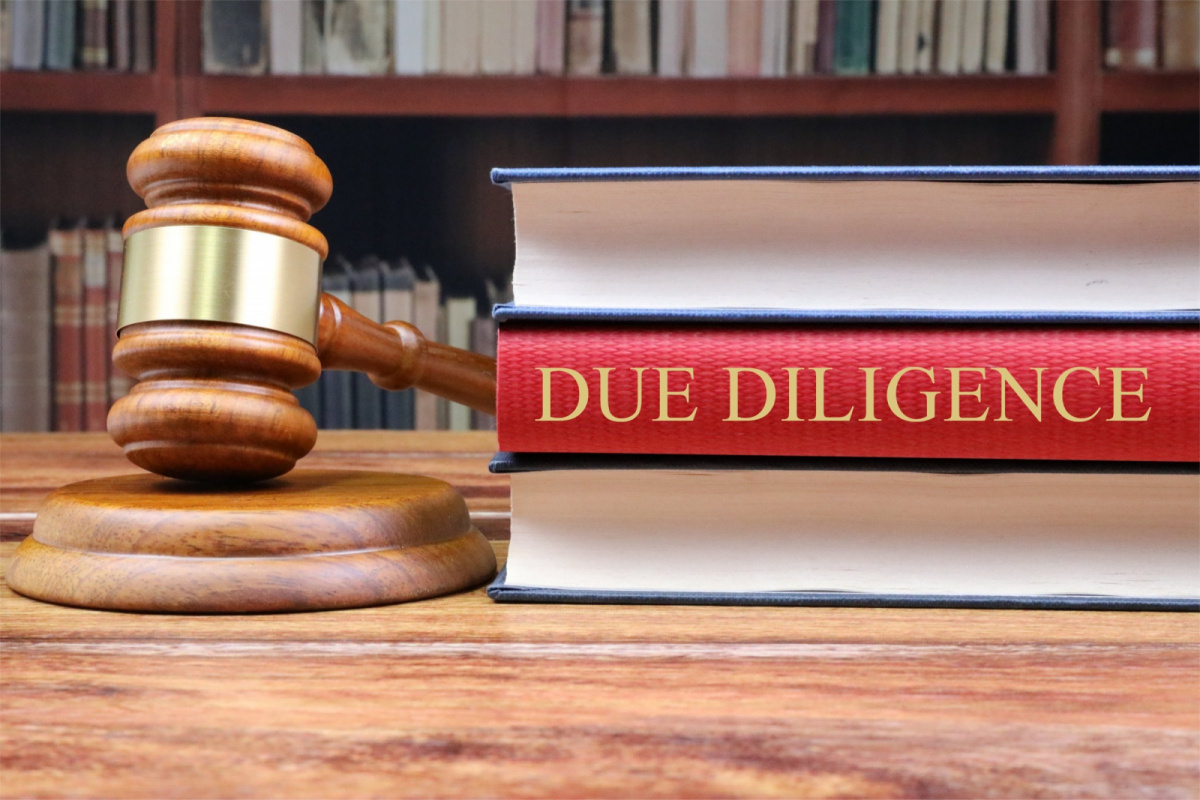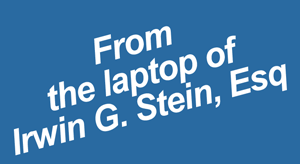
Due diligence is one of the most misunderstood concepts in the financial world.
As an attorney, I have examined and cross-examined quite a few due diligence officers and experts employed by FINRA brokerage firms. Even those people who are specially tasked with the job of conducting due diligence investigations often do not know what they are doing or why.
The why is easy. Lawyers and underwriters who prepare securities offerings are required to include all the material facts in the offering documents. To do it properly, the lawyers and underwriters must independently investigate the facts to make certain that the sales materials given to potential investors are accurate, complete and the sales pitch for the security is honest.
The law does not presume that the management of any business will necessarily tell their lawyers or underwriters the whole truth. Management, especially management that is in the process of raising money, will often emphasize the positives about the business and leave the negatives out entirely. A good due diligence investigation is always infused with a healthy amount of skepticism about the managements’ claims for the business.
The large Wall Street investment banks usually do a pretty good job of due diligence. The bankers and lawyers usually charge the issuers at Wall Street billing rates to get the investigation done as part of the underwriting process. They frequently bring in experts with unique knowledge of the industry that the business is in.
A good due diligence investigation is the best way for these bankers and lawyers to protect themselves against investors’ claims of misstatements or omissions in the offering documents down the road. For securities lawyers, a good due diligence investigation is their insurance carrier’s best friend.
The due diligence team needs to have a sense of the business that they are investigating. They need to understand the cash flow, the real risks facing the business and how its competitors are positioned.
Even the best sometimes make mistakes. Those who really do not understand the process and those who focus on cutting costs make mistakes more often. Billions of dollars in offerings for Ponzi schemes that were sold by FINRA firms would not have made it to the market if the FINRA firms conducted real investigations of the facts they were presenting to their customers.
Here are some examples of poor due diligence from actual cases:
1) A few years back one of the larger Wall Street firms raised $60 million for a real estate developer who was planning to build a new high-end residential community in Southern California. The carefully calculated projections that came with the offering documents promised that 300 homes could be built and sold in the first year. Only after the money was raised was it discovered that the County in which the development was located, which had been through several years of drought, was not authorizing that many new residential water hook-ups.
2) In a case where a single office building was being syndicated to investors, no one bothered to have the building inspected by a professional building inspector. If they would have done so, they probably would have discovered that the roof of the building leaked, and leaked badly. Most prudent people would not purchase a home without an inspection. Many lenders insist upon it. The brokerage firm executives, some of whom had partied on the promoter’s yacht, apparently did not think that an inspection was necessary.
3) A prospectus will frequently describe the people behind the company as “successful”. Investors value prior success and many people who are raising money claim that they were successful in prior ventures. One real estate developer was described as successful even though he had put his only prior development into bankruptcy. I have asked a lot of due diligence officers to produce their files on an executive’s participation in the success of prior ventures. Very few could produce one.
4) For example, one real estate promoter who raised hundreds of millions of dollars in Reg. D offerings through FINRA firms was described in the prospectus as having previously been the owner of a successful financial firm. Due diligence officers at each of the FINRA firms that sold the offerings failed to discover that the SEC had determined that the financial firm was actually owned by someone else and that the promoter had lied to the SEC when they asked him about it. The SEC case was a matter of public record.
5) Banks frequently use their own appraisers when making a loan because they are risking their own money. A brokerage firm that is risking only investors’ money will often accept the appraisal that the promoter provides. That is never prudent, nor diligent.
I have seen two appraisals that were issued by the same appraiser on the same day for the same property. The one that went to the brokerage firms estimated that the property was worth 5% more than the amount they gave to the bank. Giving a false appraisal to a bank is a felony which is often prosecuted. Giving a false appraisal to a brokerage firm’s due diligence officer is not. Underwriters need to get appraisals from appraisers that they trust and who they pay for, even if ultimately reimbursed by the issuer for the cost.
6) Several large and respected VC funds and investment banks invested funds to build a $500 million processing plant for a company that claimed to have a new process to produce ethanol from wood scraps. The company claimed that the process was proprietary and ready to go which was why they were seeking funds for construction of a large plant to begin producing ethanol. After the bankruptcy, it was determined that the process did not actually work and had never been patented. None of the firms hired a chemical engineer to review the patents or the process. They saved $5000 by not doing so and wrote –off over $500 million because they did not.
7) An offering for a franchised hotel stated that its occupancy would be largely dependent upon events at a new arena being built just across the freeway. The projections indicated that the arena had sporting events, concerts and other events scheduled 340 days a year. A call to the arena box office confirmed that the arena was largely dark for its first few years of operation and was never projected to be occupied 340 days a year. Had a due diligence officer made the same call at the time the securities were being offered and the correct projections given to investors, there probably would not have been any litigation.
8) The SEC just recently brought actions against 22 banks and brokerage firms for failing to conduct adequate due diligence investigations on municipal bond offerings. You can almost hear the due diligence officers saying: “it is a municipality, why spend the time and money investigating it?”
Economic problems are sometimes best viewed along the margins of the markets. The new crowdfunding industry is certainly on the margin of the capital markets. Although each funding project is relatively small, no one doubts that hundreds of billions of dollars will be raised on these platforms as time goes on. Investors on these platforms are entitled to the same honest disclosures of material facts as are any other investors.
At the same time, because the offerings are small, the crowdfunding industry has loudly denounced the need for audited financial information because of the added expense. The probable result will be a great many small companies who will claim solvency when they are not and who will use investors’ funds to pay off undisclosed debts rather than expanding their business as promised.
The SEC always tells investors to investigate before they invest. Underwriters, attorneys and crowdfunding platforms are equally charged to investigate before they offer securities to the public. It is just common sense.
If you’d like to discuss this article or anything related, then please contact me directly HERE
Or you can book a time to talk with me HERE
